Bulbs
Flower Basics
Flower Beds & Specialty Gardens
Flower Garden
Garden Furniture
Garden Gnomes
Garden Seeds
Garden Sheds
Garden Statues
Garden Tools & Supplies
Gardening Basics
Green & Organic
Groundcovers & Vines
Growing Annuals
Growing Basil
Growing Beans
Growing Berries
Growing Blueberries
Growing Cactus
Growing Corn
Growing Cotton
Growing Edibles
Growing Flowers
Growing Garlic
Growing Grapes
Growing Grass
Growing Herbs
Growing Jasmine
Growing Mint
Growing Mushrooms
Orchids
Growing Peanuts
Growing Perennials
Growing Plants
Growing Rosemary
Growing Roses
Growing Strawberries
Growing Sunflowers
Growing Thyme
Growing Tomatoes
Growing Tulips
Growing Vegetables
Herb Basics
Herb Garden
Indoor Growing
Landscaping Basics
Landscaping Patios
Landscaping Plants
Landscaping Shrubs
Landscaping Trees
Landscaping Walks & Pathways
Lawn Basics
Lawn Maintenance
Lawn Mowers
Lawn Ornaments
Lawn Planting
Lawn Tools
Outdoor Growing
Overall Landscape Planning
Pests, Weeds & Problems
Plant Basics
Rock Garden
Rose Garden
Shrubs
Soil
Specialty Gardens
Trees
Vegetable Garden
Yard Maintenance
Cocoa Tree Facts
Cocoa Tree Facts. The cocoa tree (Theobroma cacao) produces cocoa pods, the raw material that becomes chocolate, cocoa butter and cocoa powder. Cocoa trees are a tropical tree only and do not perform well outside of a strict geographic range.
The cocoa tree (Theobroma cacao) produces cocoa pods, the raw material that becomes chocolate, cocoa butter and cocoa powder. Cocoa trees are a tropical tree only and do not perform well outside of a strict geographic range.
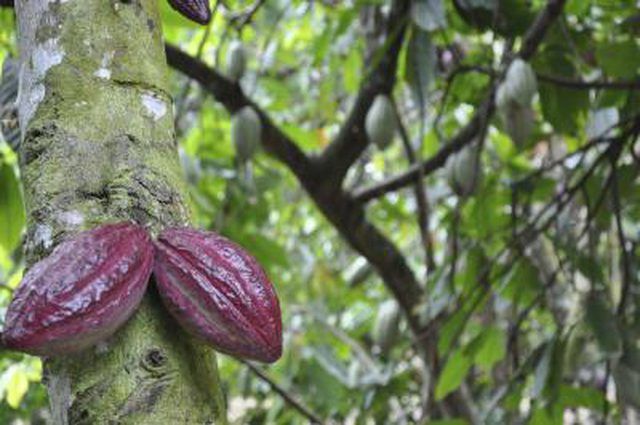
Cocoa trees are native to the Amazon basin and the Andes mountains. Cocoa trees spread from these regions to Central and South America, Mexico and east Africa. The trees thrive in rainforest environments and enjoy a moist setting near the banks of a river. Cocoa trees don't grow more than 20 degrees north or south of the equator, notes the United Nations Conference on Trade and Development.
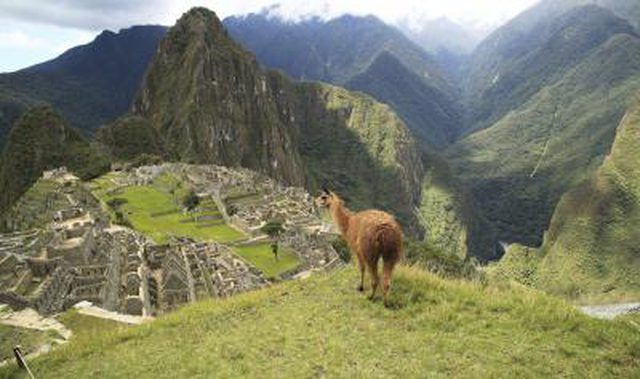
Cocoa trees range from 13 to 26 feet on average, though some can grow up to 32 feet.
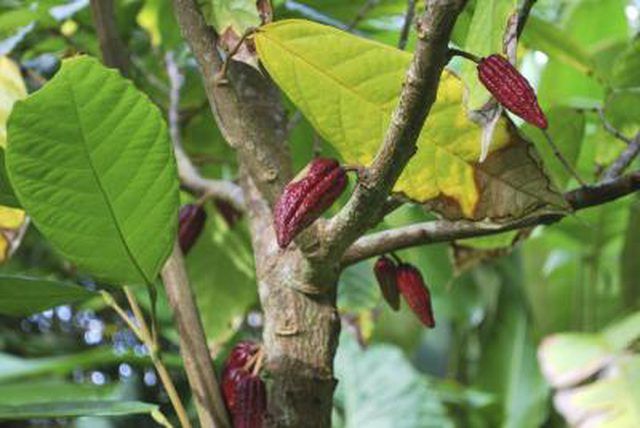
Cocoa trees come in three main types: Forastero, Criollo and Trinitario. Forastero trees grow primarily in Brazil and West Africa and account for 90 percent of the world's cocoa pods. Criollo trees grow in the Caribbean, Venezuela, Papua New Guinea, the West Indies, Sri Lanka, East Timor and Java, and feature a more delicate flavor. Trinitario trees are rarer and are a cross between the two major types.
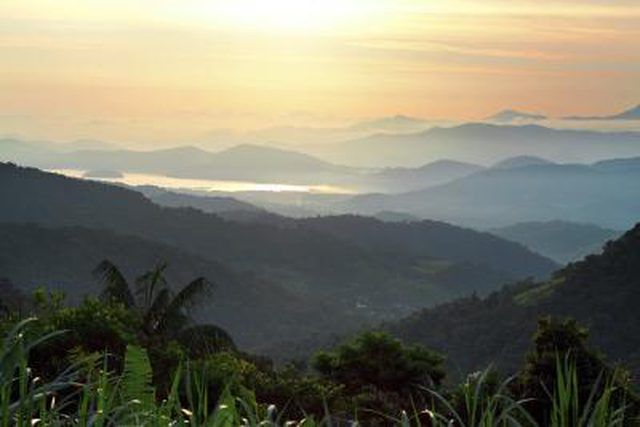
Cocoa pods average 4 to 15 inches in length. Pods grow in four to five months and are green when immature. The pods require an additional month to ripen, at which point they turn red, yellow or purple. The pods are football-shaped and feature grooved sides.
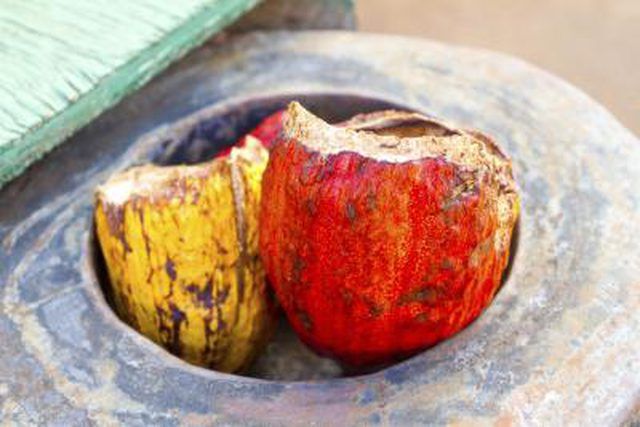
Bats and small insects called midges pollinate cocoa flowers. Flowers die in 24 hours if they are not pollinated, according to All About Chocolate. Cocoa trees flower all year long, even while cocoa pods develop.